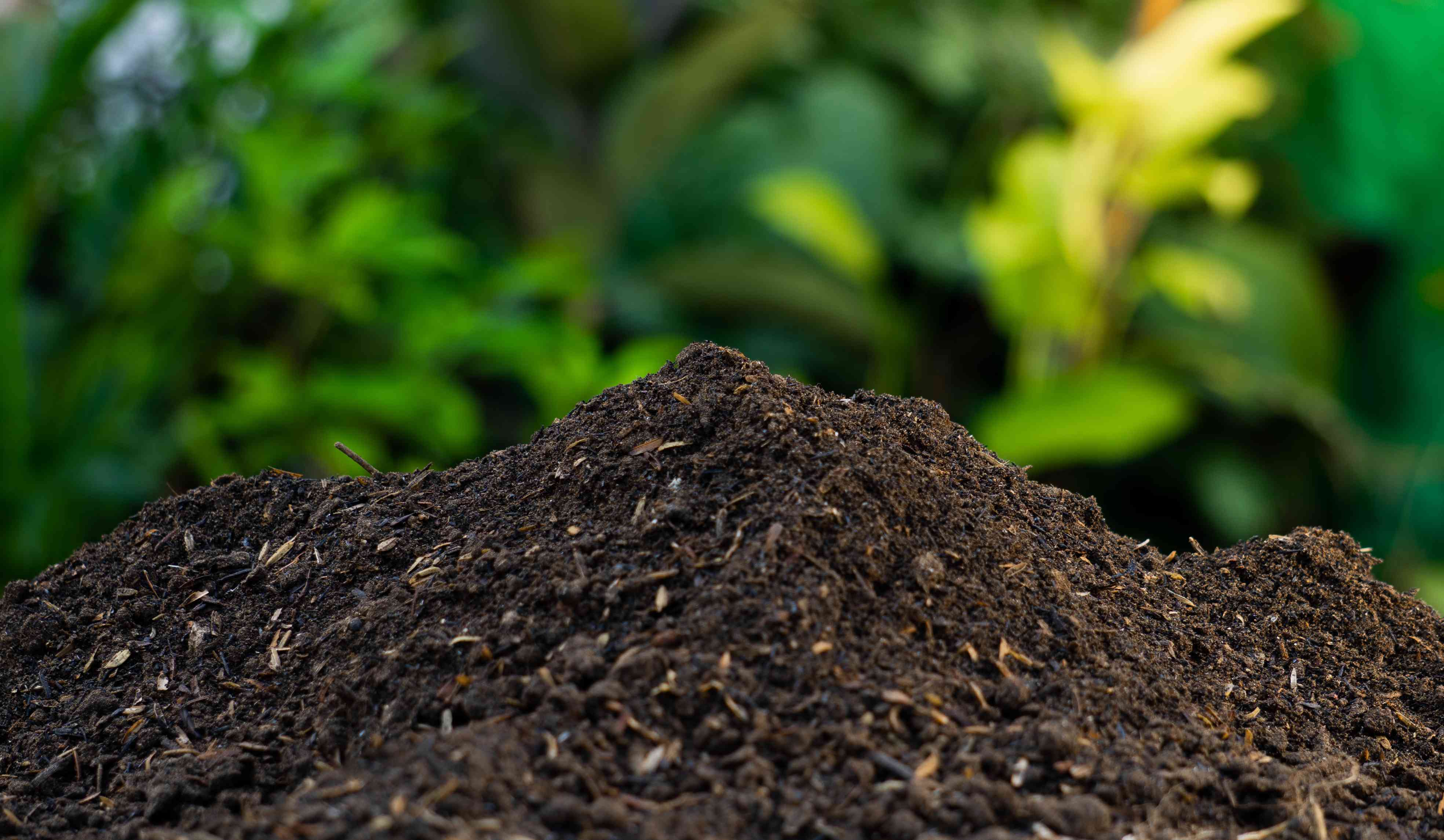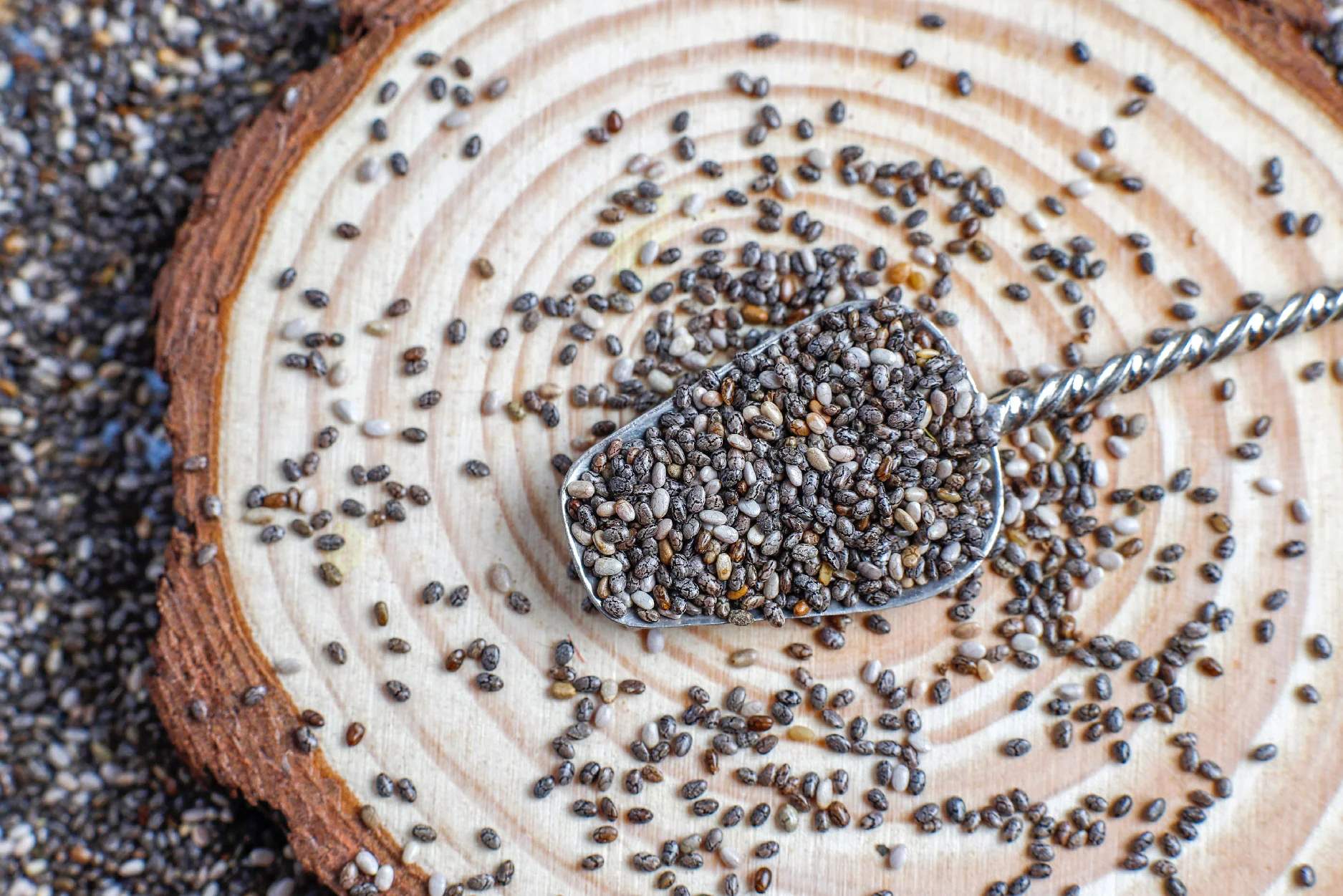Home>Types of Gardening>Ornamental Gardening>What Onion Do You Use For Blooming Onion


Ornamental Gardening
What Onion Do You Use For Blooming Onion
Published: January 11, 2024
Discover the best onion variety for creating a stunning blooming onion in your ornamental garden. Transform your garden with vibrant colors and impressive displays.
(Many of the links in this article redirect to a specific reviewed product. Your purchase of these products through affiliate links helps to generate commission for Chicagolandgardening.com, at no extra cost. Learn more)
Table of Contents
Introduction
Welcome to the wonderful world of ornamental gardening! If you have a passion for beautifying your surroundings and creating stunning displays of nature’s wonders, then you have come to the right place. In this article, we will delve into the exciting realm of ornamental gardening and explore how you can bring life and color to your outdoor spaces.
Ornamental gardening is the art of designing and cultivating gardens that focus on the aesthetic appeal of plants, flowers, and foliage. It involves careful selection of plants, strategic placement, and thoughtful design to create visually stunning and harmonious outdoor spaces.
One of the key aspects of ornamental gardening is the use of color and texture to create captivating displays. Whether you prefer vibrant, bold colors or a more subtle and serene palette, there are endless possibilities to explore. From vibrant flower beds to lush green foliage, ornamental gardening allows you to transform your outdoor spaces into a visual masterpiece.
But ornamental gardening is not just about aesthetics. It also offers numerous benefits for both the environment and the gardener. By carefully selecting and planting different types of flowers and plants, you can create habitats and food sources for beneficial insects and birds. Additionally, working in the garden provides an opportunity to connect with nature, relieve stress, and improve overall well-being.
Whether you have a sprawling backyard or a tiny balcony, there is always room for ornamental gardening. Even a few carefully chosen plants can make a big impact on the visual appeal of your space. Plus, with the wide variety of plants and flowers available, you can create a garden that suits your personal style and preferences.
In the upcoming sections, we will explore various aspects of ornamental gardening, from selecting the right plants to designing beautiful landscapes. So, let’s dive in and discover the world of ornamental gardening!
What is a Blooming Onion?
When it comes to irresistible appetizers, a blooming onion takes center stage. A blooming onion is a mouthwatering dish made by deep-frying a whole onion to create a stunning and delicious flower-like creation. It is often served with a dipping sauce and is sure to impress your guests with its unique presentation and enticing flavors.
The concept of the blooming onion originated in the United States and has gained popularity around the world. It is believed to have been introduced by a restaurant chain in the 1980s, and since then, it has become a beloved snack and appetizer option in various cuisines.
To create a blooming onion, a large onion is carefully sliced and then coated in a seasoned batter. The onion is then gently opened up to resemble a flower, and the petals are separated to allow even cooking. The onion is then deep-fried until it turns golden brown, resulting in a crispy outer layer and a tender and flavorful center.
The blooming onion is known for its unique texture and taste. The crispy exterior provides a satisfying crunch, while the cooked onion inside becomes soft and sweet. The combination of flavors and textures makes it a truly delightful snack that is perfect for sharing with family and friends.
While the classic blooming onion is made using a large sweet onion, such as the Vidalia onion, different varieties of onions can also be used to create unique flavor profiles. For example, using a red onion can add a slightly tangy and colorful twist to the dish, while a white onion can provide a milder flavor.
Blooming onions are often served with a dipping sauce, such as a tangy and creamy horseradish sauce or a spicy chipotle mayo. These sauces complement the flavors of the onion and add an extra layer of deliciousness to every bite.
Now that you know what a blooming onion is, it’s time to explore the different types of onions that can be used to create this delightful dish. So let’s dive in and discover the world of onions!
Different Types of Onions
Onions are a versatile and essential ingredient in many culinary dishes, including the beloved blooming onion. While the classic sweet onion is commonly used to create this appetizer, there are several other types of onions that can elevate the flavors and bring a unique twist to the dish.
1. Vidalia Onion: Vidalia onions, grown in Georgia, are known for their mild and sweet flavor. They have a high sugar content, which adds a delightful sweetness to the blooming onion. The Vidalia onion is large and yellow, making it a popular choice for creating visually appealing and delicious blooming onions.
2. Spanish Onion: Spanish onions have a strong and pungent flavor, perfect for adding a bold kick to your blooming onion. They have a high water content, which makes them juicy and ideal for creating a moist and flavorful center. Spanish onions have a yellowish-brown skin and are larger in size.
3. Red Onion: Using a red onion to make a blooming onion not only adds a vibrant pop of color but also brings a slightly tangy flavor to the dish. Red onions are known for their mild and sweet taste with a subtle hint of spiciness. They have a purple/red outer layer and white flesh on the inside, making them visually appealing and flavorful.
4. White Onion: White onions have a milder and sweeter taste compared to other varieties, making them a versatile choice for creating blooming onions with a more subtle flavor profile. They have a white skin and a firm texture, making them easy to work with when slicing and separating the petals.
5. Yellow Onion: Yellow onions are an all-purpose onion, commonly used in cooking due to their balanced flavor. They have a rich, slightly sweet taste with a mild bite. Yellow onions have a golden-brown skin and are medium-sized, making them a popular choice for making blooming onions.
When choosing the onion for your blooming onion, consider the flavor profile you want to achieve. Whether you prefer a sweeter, milder taste or a bold and pungent flavor, there is an onion variety to suit your preference. Experimenting with different onion types can add complexity and depth to your blooming onion, allowing you to create a unique and delicious dish every time.
Now that you are familiar with the different types of onions, let’s move on to the next step: choosing the right onion for your blooming onion creation.
Choosing the Right Onion for a Blooming Onion
When it comes to creating a scrumptious blooming onion, choosing the right onion is key. The onion you select will greatly affect the taste, texture, and overall success of your dish. Here are some factors to consider when choosing the perfect onion for your blooming onion creation:
1. Size: Look for a large-sized onion to ensure you have enough surface area to create the desired petal-like effect. A bigger onion will also result in a more visually striking presentation.
2. Sweetness: Consider the flavor profile you want to achieve. If you prefer a milder and sweeter taste, opt for onions like Vidalia or Walla Walla. These varieties have a higher sugar content, offering a delightful sweetness to your blooming onion.
3. Texture: Pay attention to the texture of the onion. You want an onion that is firm and not too soft. This will make it easier to slice and separate the petals without losing shape or breaking apart.
4. Skin Color: While the taste is the most important factor, the skin color of the onion can also add visual appeal to your blooming onion. You can choose from yellow onions for a classic look, red onions for a vibrant touch, or white onions for a more subtle and elegant appearance.
5. Availability: Consider the availability of different onion varieties in your area. It’s always best to choose fresh, locally available onions to ensure optimal flavor and quality.
Ultimately, the choice of onion depends on personal preference and the flavor profile you want to achieve with your blooming onion. Experiment with different onion varieties to find the one that perfectly suits your taste buds.
Remember, a blooming onion is all about creating a beautiful and delicious centerpiece. So, take the time to carefully select the onion that meets your desired criteria, and get ready to impress your guests with a stunning and flavorsome blooming onion creation.
Now that you know how to choose the right onion for your blooming onion, let’s move on to the next step: preparing the onion for blooming.
Preparing the Onion for Blooming
Now that you have chosen the perfect onion for your blooming onion, it’s time to prepare it for the deep-frying process. Proper preparation ensures that the onion cooks evenly, resulting in a crispy outer layer and a tender, flavorful center. Here are the steps to prepare your onion for blooming:
1. Trimming: Start by cutting off the top and bottom of the onion. This will create a stable base for the onion to stand upright during the preparation and cooking process.
2. Peeling: Gently peel off the outer skin layers of the onion, making sure to remove any loose or damaged layers. The goal is to expose the clean and smooth layers of the onion for a visually appealing presentation.
3. Slicing: Place the onion on its trimmed end and make vertical cuts from top to bottom, stopping about 1/2 inch from the base. The number of cuts will depend on the size of the onion and the desired number of petals. Aim for around 16 evenly spaced cuts to create a beautiful bloom effect.
4. Petal Separation: Carefully separate the onion petals by gently pulling them outward. You can use your fingers or a small knife to help pry apart the petals, ensuring that they are evenly spaced and easy to batter and fry. Take extra care not to pull the petals too hard to avoid breaking them.
5. Soaking: To create a crunchy and flavorful blooming onion, soak the prepared onion in ice water for about 30 minutes. This will help to remove any bitterness from the onion and make the petals crispier when cooked. After soaking, pat the onion dry with a paper towel to remove excess moisture.
By following these steps, you will ensure that your onion is properly prepared for blooming. Each petal will separate beautifully, allowing the batter to coat each layer evenly during the deep-frying process. This will result in a stunning and delicious blooming onion that is sure to impress.
Now that your onion is ready, let’s move on to the next section and explore some tips to make the perfect blooming onion!
Tips for Making the Perfect Blooming Onion
Creating a perfect blooming onion requires attention to detail and a few tricks of the trade. These tips will help you achieve a crispy and delicious blooming onion that is visually stunning and full of flavor. Here are some tips to consider when making the perfect blooming onion:
1. Batter Consistency: The batter plays a crucial role in creating the crispy outer layer of the blooming onion. It should be thick enough to coat the onion but not too thick that it becomes clumpy. Aim for a batter that has a consistency similar to pancake batter. If it’s too thin, add more flour, and if it’s too thick, add a little more liquid.
2. Batter Flavor: While the onion itself provides a delicious taste, you can enhance the flavor of the batter by adding seasoning. Common seasonings include garlic powder, paprika, salt, and pepper. Experiment with different seasonings and spices to customize the flavor to your liking.
3. Double Battering: For an extra crispy blooming onion, consider double battering. After the initial dip in the batter, allow it to sit for a few minutes, and then repeat the process. This will create a thicker and crunchier coating, adding an extra layer of deliciousness.
4. Deep-Frying Temperature: It’s essential to maintain the correct cooking temperature to ensure a perfectly cooked blooming onion. Aim for a deep-frying temperature of around 350 to 375 degrees Fahrenheit (175 to 190 degrees Celsius). A lower temperature may result in a greasy onion, while a higher temperature may lead to burnt edges.
5. Oil Selection: Choose an oil with a high smoke point for deep-frying to avoid a burnt taste. Vegetable oil or canola oil are commonly used for deep-frying blooming onions due to their neutral flavor and high smoke point.
6. Even Cooking: To ensure even cooking, carefully lower the prepared onion into the hot oil. Rotate the onion gently using tongs or a slotted spoon to ensure all sides cook evenly. If necessary, you can also spoon some hot oil over the top of the onion during the frying process.
7. Draining Excess Oil: Once the blooming onion is golden brown and cooked to perfection, remove it from the oil and place it on a wire rack or paper towels to drain any excess oil. This will help maintain the crispiness and prevent the onion from becoming greasy.
8. Serve and Enjoy: Present your blooming onion on a platter or serving dish, and don’t forget to add a dipping sauce of your choice. The combination of the crispy, flavorful onion petals and the creamy sauce will be a delightful treat for your taste buds.
By following these tips, you will be well on your way to creating the perfect blooming onion. With every bite, you’ll experience the crispy and flavorful layers that make this appetizer truly irresistible.
Now that you are armed with these helpful tips, it’s time to get cooking and indulge in the mouthwatering delight of a blooming onion!
Conclusion
Ornamental gardening is a fascinating and rewarding hobby that allows you to create stunning outdoor spaces filled with beauty, color, and life. By carefully selecting the right plants, designing captivating landscapes, and incorporating thoughtful elements, you can transform your garden into a breathtaking oasis.
In this article, we explored the world of ornamental gardening, delving into the art of creating visually appealing displays using plants, flowers, and foliage. We discussed the importance of color and texture, the benefits of ornamental gardening for the environment and well-being, and the endless possibilities available regardless of the size of your space.
We also learned about the alluring and delectable blooming onion, a unique appetizer that combines visual appeal with irresistible flavors. From understanding what a blooming onion is and exploring different types of onions to choosing the right onion and preparing it for blooming, we covered the essential steps to create a perfect blooming onion.
Additionally, we shared valuable tips for making the perfect blooming onion, including tips for the batter, deep-frying, and presentation. By following these tips and letting your creativity shine, you can craft a blooming onion that will leave a lasting impression on your guests.
Whether you are an experienced gardener or just starting your ornamental gardening journey, we hope this article has provided you with the inspiration and knowledge to create beautiful and captivating outdoor spaces. Explore the vast variety of plants, experiment with different designs, and let your garden be a reflection of your personality and style.
Now, it’s time to put your knowledge into action, get your hands dirty, and enjoy the fulfilling journey of ornamental gardening. Happy gardening!




